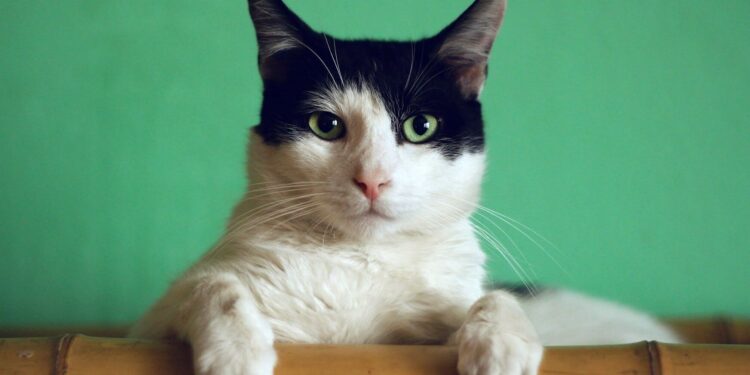The cat is part of the family. Let’s say you have a new cat, let’s call him Bobby for the purposes of the article, it will take some time for him to settle in – perhaps his moods are erratic and he is not listening to commands. Just like dogs, they need to be trained.
Cats talk in several ways:
- Body Language
- Vocal language
- Smell
- Contact
The body language is their main and primary language, but for us humans, the vocal language is our main language and not the body language. So since we live in the same house, we should understand each other’s language, otherwise a lot of problems will arise.
When the cat tries to tell us something, over and over again, and we do not refer to it, or we just do not understand what he is saying and therefore do not provide him with the appropriate answer it frustrates him. The next time he wants something, and we do not understand what it is he wants, he may use other ways he knows to explain. Think about the frustration we would have if we in fact could not communicate to others. This is what our cat would like us to understand when he asks us… in his own language!
A better understanding of body language will also help you decipher when your cat is afraid, feels the need to defend himself, prefers to play or wants kisses, as well as where exactly he prefers them, or when he tells you that he has had enough!
Let’s start with the cat’s ears
Ears forward – A cat whose ears are tilted slightly forward, usually means that he is satisfied and wants to play.
Stretched and straight ears – this means that the cat is happy and alert. The ears can look like this when he comes to say hello to you if you have just returned home, or if he has heard a strange noise, or he is in the middle of a game.
Ears tilted back – the cat may feel threatened, because maybe he heard something or something in the house scared him.
The cat’s tail
If you look at the orientation of the tail, you will discover a great way to understand how it feels now and let’s take some examples:
Tail up – this is a happy cat, who will likely be very sociable at this point
Down tail – usually indicates a frightened cat or feels threatened
A tail that moves from side to side quickly (in dogs it is like a wagging tail and usually indicates joy) but a cat that moves its tail in this way says the exact opposite. The cat tells you that he feels threatened or scared, and he does not want to be approached.
Cats have lots of different body language to learn, however, overall, as long as they are in a safe and happy environment, you shouldn’t find them too difficult to live with. You can read a little more at Carefree Cat Co. blog. Be aware of their body language and create a happy home!
Photo by Manja Vitolic


